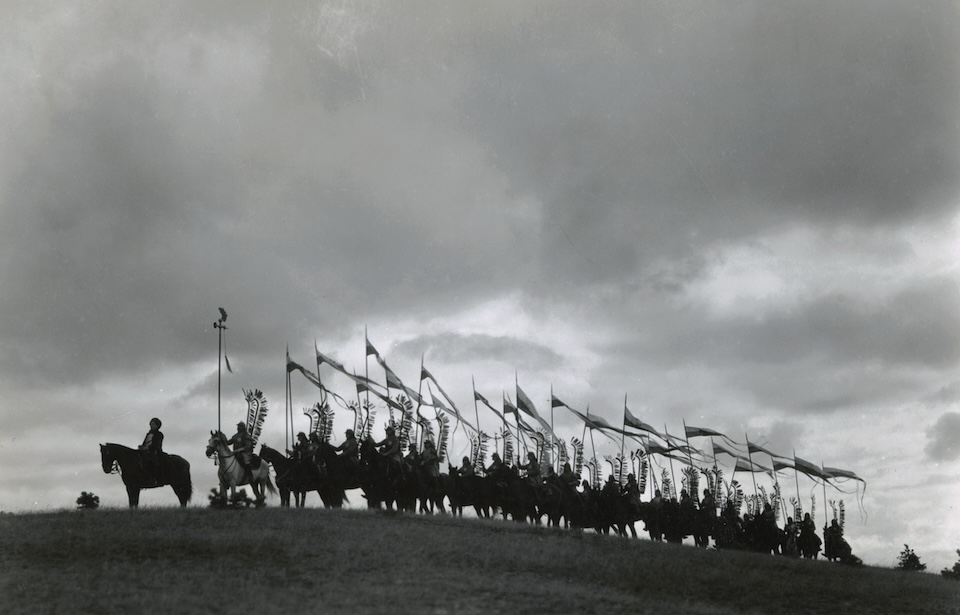Throughout history, some military forces have earned a reputation for being particularly feared by their enemies. This fear stemmed not only from their physical prowess but from their mastery of intimidation, teamwork, and skill. These elements, combined with unrelenting aggression, allowed smaller forces to overcome adversaries much larger in number. Here are some of the most formidable groups to ever fight on the battlefield:
Janissaries
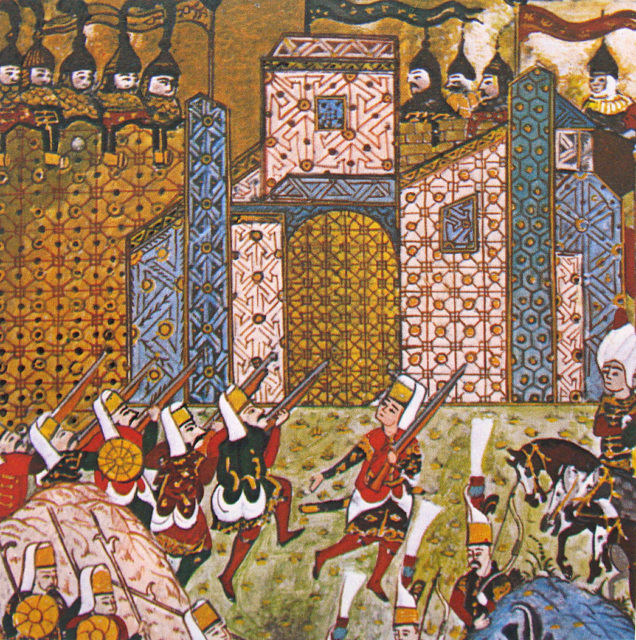
The Janissaries were originally composed of soldiers recruited from regions conquered by the Ottoman Empire, and they became the empire’s premier standing army after the Fall of the Roman Empire. These soldiers, often taken as boys, were converted to Islam and initially forbidden to marry until they reached the age of 40. They gained a reputation for unity, high morale, and impressive military tactics. Over time, however, the system evolved, allowing individuals to buy their way into the Janissary corps, which, in turn, bolstered their family’s status and wealth, as the soldiers were salaried.
Notable for their skills in archery, the Janissaries swiftly adapted to the use of firearms once they became part of the military landscape. They were commanded by the Sultan, who, though dependent on them, harbored some wariness towards their power. The Janissaries played a central role in significant Ottoman victories, including the 1453 Fall of Constantinople and the 1516-17 Ottoman-Mamluk War. Their primary role on the battlefield was to protect the Sultan, and their ranks were diverse, with specialized units like engineers, sappers, explosives experts, and sharpshooters.
The Janissaries remained in service from 1363 until their disbandment in 1826, leaving a lasting legacy as one of the most powerful and influential military forces in history.
Arditi
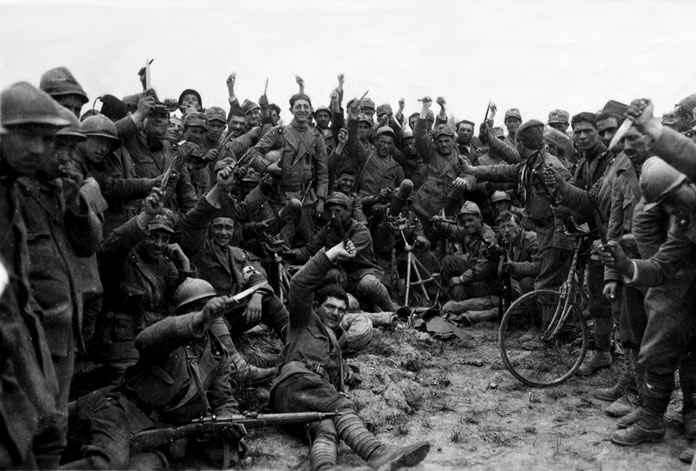
The Arditi are without a doubt one of the most fearsome military units from the First World War – and it’s not just because they had a reputation for being “the most feared corps” by the armies they fought against. Similar to the German Sturmtruppen, this elite group of Italians served as shock troops, and were selected for their fierce nature and bravery in battle.
The Arditi were tasked with invading enemy trenches, to prepare the path for an infantry advance. Trained in fencing and hand-to-hand combat, they would often kill enemy soldiers with daggers and hand grenades, and won a number of engagements during the three years they operated. Typically, the last thing their opponents saw was a dagger clenched between the Arditis‘ teeth, ready to be plunged into them.
Of all the offensives the Arditi participated in, their biggest success came during the Battle of Vittorio Veneto, where they broke through the river Piave and allowed for a final victory against the Austrian forces. The unit was disbanded a few years after the war, but today’s frogmen are seen as their successors.
Winged Hussars
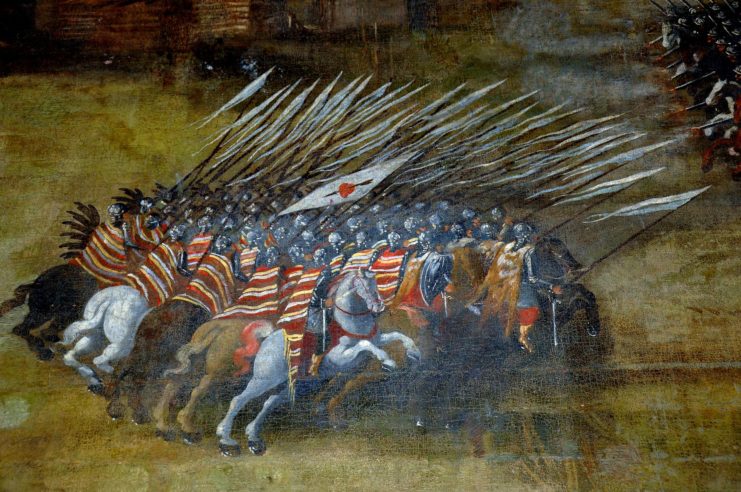
The Winged Hussars served Poland and the Polish-Lithuanian Commonwealth for two centuries before being formally disbanded in 1776. Initially formed as a cavalry unit largely made up of exiled Balkan warriors, this extraordinary military force gained fame for its diverse arsenal of weapons—including pistols, lances, and maces—and its devastating battlefield tactics.
Distinguished by their iconic large rear wings, the Winged Hussars employed shock tactics in battles against Russian, Swedish, and Ottoman forces. Their most renowned engagement was the Siege of Vienna in 1683 during the Ottoman-Habsburg Wars. Allied with troops from the Holy Roman Empire, they led the largest cavalry charge in history against an Ottoman army of approximately 150,000 soldiers. Against overwhelming odds, the Hussars’ charge successfully drove back the enemy.
Another extraordinary display of their might took place during the Battle of Hodów in 1694, where 100 Winged Hussars and 300 Towarzysz pancerny confronted 40,000 Tatar soldiers. Withstanding relentless attacks for nearly six hours, the Polish forces held their ground. Ultimately, the Tatars retreated, marking a remarkable victory for the Hussars.
Landsknechts
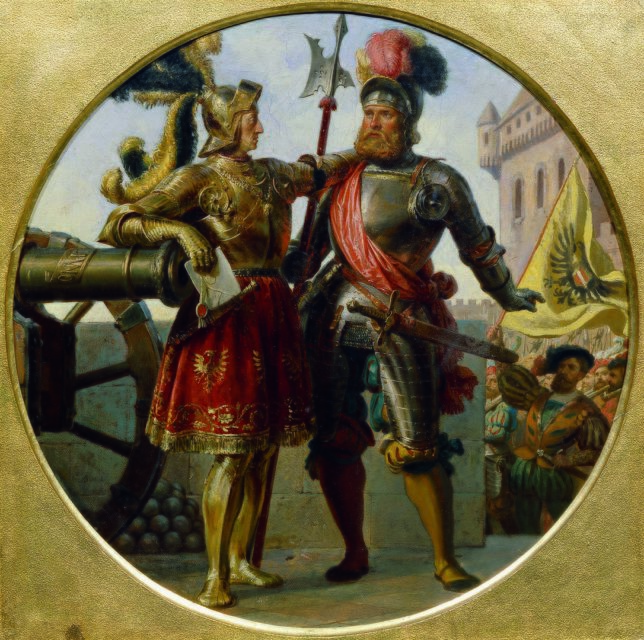
While the Landsknechts originated in Germany and comprised the bulk of the Holy Roman Empire’s Imperial Army, their services were not limited to the German Army alone. These heavily armed and exceptionally disciplined mercenaries were available for hire to anyone able to afford their fees, rendering their allegiance to the highest bidder.
Coming about during a period when European nations were adopting a military structure akin to that of the Swiss Pikemen, the Landsknechts mimicked many of their tactics. However, their distinctiveness lay in the size of their pikes, which historians have noted as being the longest ever recorded.
Throughout the Early Modern Period, the Landsknechts participated in numerous battles. They famously captured King Francis I of France during the Battle of Pavia in 1525, repelled the Ottomans during the 1529 Siege of Vienna and were notably involved in the Sacking of Rome in 1527.
Fallschirmjäger
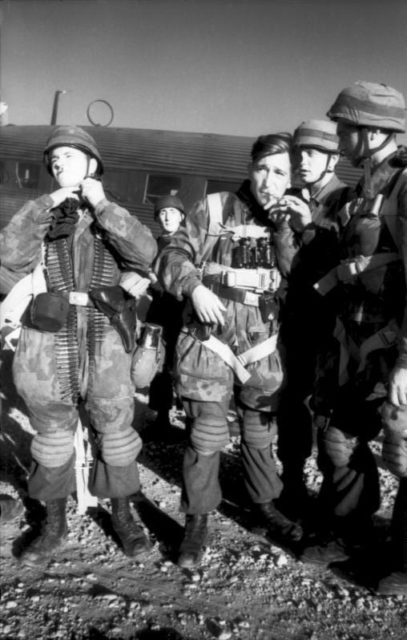
The Fallschirmjäger sound like a group from Norse mythology and there’s a reason for that. The Führer often tried to connect German forces to myths. The Luftwaffe branch was an elite group of paratroopers that operated during the Second World War, and they were without a doubt one of the most fearsome military units of the conflict.
The Fallschirmjäger‘s first operation was during the German invasion of Poland in September 1939, and its members were also dropped in during the Battle of the Netherlands and the Norwegian Campaign. On the Eastern front, they took on the Red Army during the Siege of Sevastopol, while on the west they were credited with the rescue of Italian Prime Minister Benito Mussolini in 1943.
Their most famous moment, however, occurred in May 1940, when they took Fort Eben-Emael in what was the world’s first ever gliderborne attack. Despite the supposed “strongest fortress in Europe” being manned by 1,200 Belgian troops, 493 German soldiers took the structure and forced the French and British to withdraw from the Belgian interior. It also allowed the Germans to push the Allies back to Dunkirk.
Caroleans
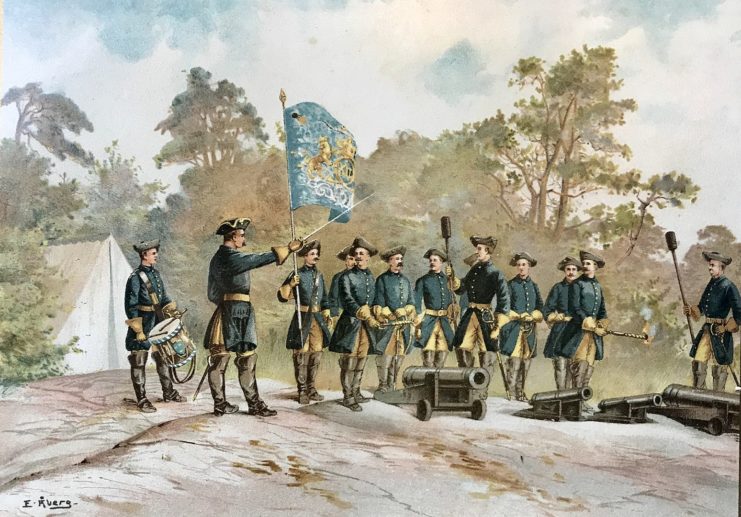
In the late 17th century, King Charles XI of Sweden made major reforms to his military. One of the most significant was the allotment system, which required farmers to provide soldiers and weapons. This system allowed Sweden to build a large, well-trained army.
The Caroleans became legendary for their battlefield success, often defeating much larger enemy forces. They were highly skilled with muskets, grenades, and swords, using bold and aggressive tactics. Their fighting style, known as gå-på, was designed to intimidate enemies—sometimes scaring them so much that they fled before the battle even began.
However, things changed under King Charles XII. During the Great Northern War (1700–1721), the Swedish army suffered devastating defeats, particularly against Russia. These losses crippled the Caroleans and led to the decline of Sweden’s military power.
Swiss Pikemen
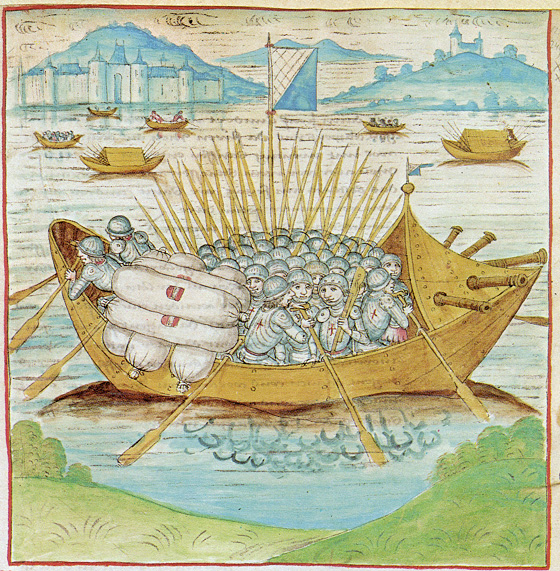
Considered the most fearsome group of medieval mercenaries, Swiss Pikemen are definitely not out of place on this list of military units. Their history dates back to the 1300s, when Switzerland split from the Holy Roman Empire and its cantons declared the Swiss Confederacy. They made a name for themselves with the defeat of the forces under Leopold I, Duke of Austria during the Battle of Morgarten, and were soon regarded as some of the fiercest fighters in Europe.
The key to the Swiss Pikemen’s success was their tactic to keep advancing, regardless of what they came up against. They approached battle in columns, which consisted of pikemen, halberdiers and double-handed swordsmen. One of their most famous engagements was against the Habsburg monarchy and King Louis XI of France, when 1,200-1,600 pikemen took on 30,000 enemy troops. They lost the engagement, but the battle forced Louis to call off his invasion.
While the mercenaries became obsolete with the advent of gunpowder and other advances, one unit still exists: the Vatican’s Swiss Guard. However, unlike in the Middle Ages, they serve a more ceremonial role.
Sacred Band of Thebes
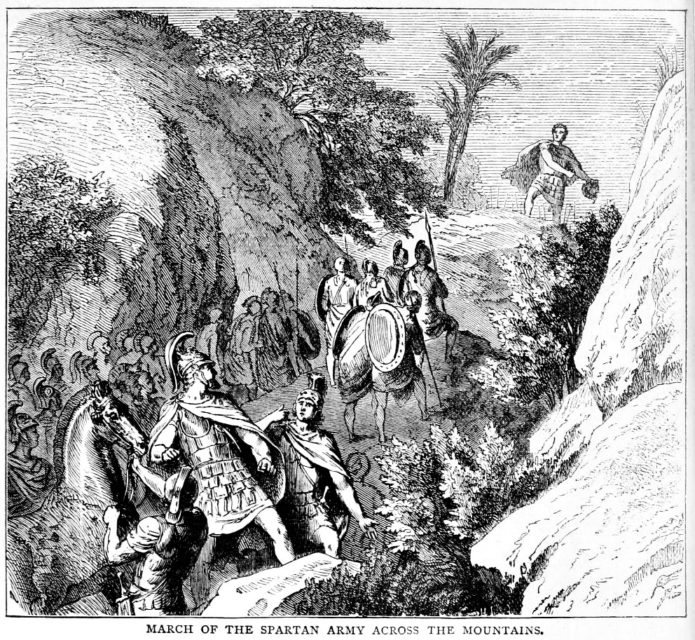
The Sacred Band of Thebes is one of the older and more non-traditional groups on this list. The 300 men that made up this fearsome military unit were chosen based on skill and merit, and their roster was made up of 150 pairs of male lovers.
Once the Thebans hit the battlefield, they achieved significant success. Their most famous battle was at Leuctra in 371 BC, where they helped defeat the Spartans, ending years of domination. Prior to that, they took part in the Battle of Tegyra, when 300 infantrymen and 200 cavalrymen took on between 1,000-1,800 Spartans. They won the engagement, marking the first time the Spartans had been defeated by a numerically inferior enemy.
The Sacred Band’s time came to an end in 338 BC, when they were defeated by Philip II of Macedon’s forces during the Battle of Chaeronea. The King was assassinated two years later.
Welsh longbowmen
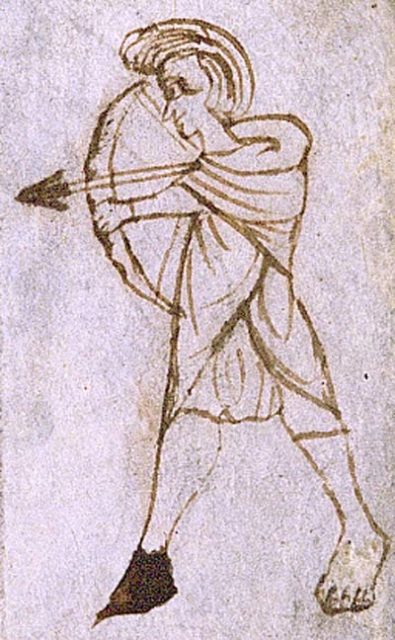
The longbow, first used by the English and Welsh starting in the 14th century, has its roots in the earlier Welsh bow. Once introduced, it quickly proved to be a powerful weapon on the battlefield. The height of the Welsh longbowmen’s dominance was between 1250 and 1450, before the longbow’s popularity declined due to advances in military technology.
Welsh longbowmen were highly skilled archers. Although early training was minimal, it improved over time as armor became stronger and harder to penetrate. A well-aimed arrow from an experienced longbowman could pierce steel armor from a significant distance.
These longbow-wielding Welshmen played a major role in several key victories during the Middle Ages. One of their most famous successes came during the Hundred Years’ War at the Battle of Agincourt. In that clash, a force of 6,000 to 9,000 English and Welsh troops—mostly longbowmen—faced off against 20,000 to 30,000 French soldiers. Despite being heavily outnumbered, the English-led forces won decisively, killing around 6,000 French troops and capturing another 700 to 2,200.
Varangian Guard
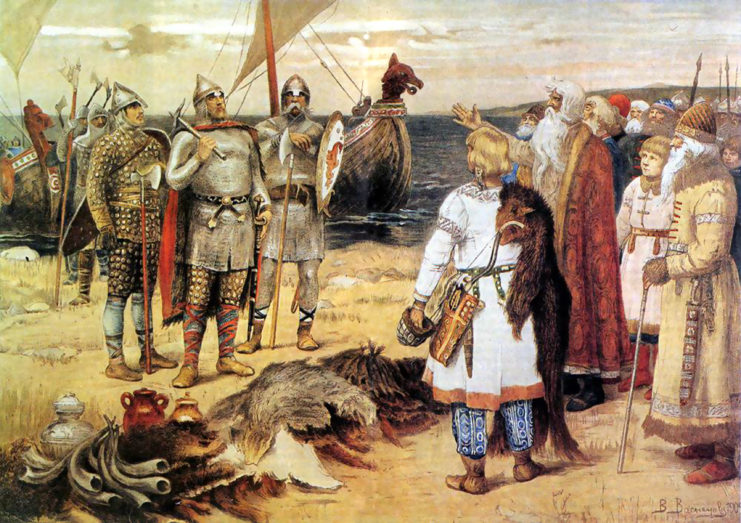
The Varangians were Vikings who traveled through what is now Eastern Europe during the ninth and tenth centuries. They were among the most fearsome military units of the Byzantine Empire, serving as both a mercenary group and the Emperor’s guard, entering battles at crucial moments to secure decisive victories.
Among their most notable offensives were naval expeditions against Italy (936) and the Emirate of Crete (949). They also participated in the partial reconquest of Sicily in 1038 and the Battle of Cannae, the latter of which was a decisive victory for the Byzantines.
More from us: Historic Deception and Camouflage Techniques Used By Militaries
The Byzantines were first introduced to the Varangians in the tenth and eleventh centuries, during wars with the Rus. By the end of the 13th century, the Varangians had largely been assimilated by Byzantine Greeks. The Guard remaining in existence until around the mid-1300s.
